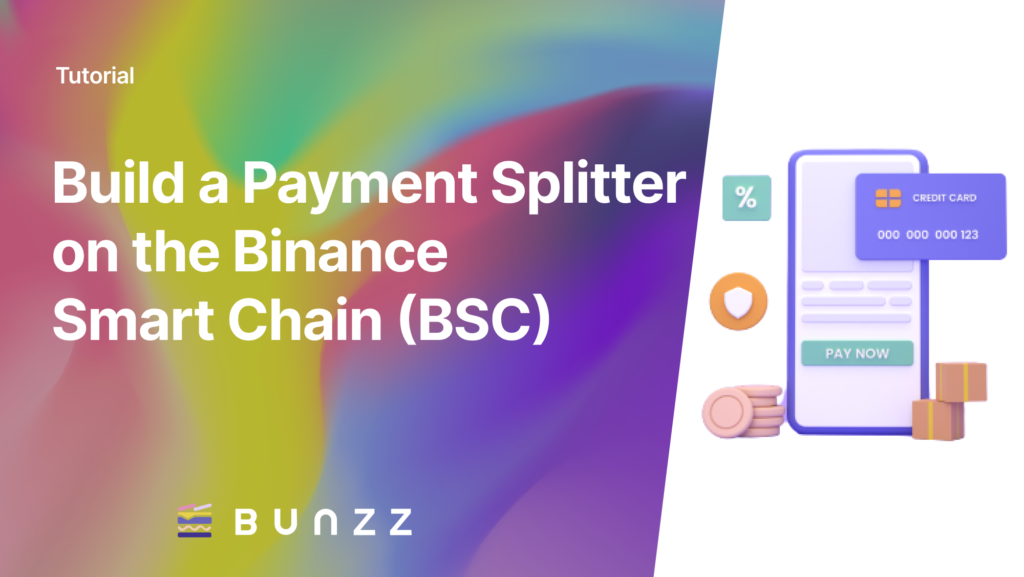Embarking on a journey across the ever-evolving landscape of decentralized finance (DeFi), Uniswap has established itself as a veritable titan. Resolutely setting the bar for permissionless, non-upgradable, and decentralized trading, each version of Uniswap has delivered innovations that have expanded its functionality and invigorated the DeFi space at large.
In this article, you’ll delve into the groundbreaking features and architectural transformations of Uniswap’s 4th iteration – Uniswap v4.
Overview of Uniswap v4
Uniswap v4 is a non-custodial automated market maker (AMM) implemented for the Ethereum Virtual Machine (EVM). It is the latest version of the Uniswap Protocol, known for its permissionless, non-upgradable, and decentralized nature. Uniswap v4 focuses on customization and architectural changes to enhance gas efficiency and expand the functionality of the protocol.
One of the key features of Uniswap v4 which is the latest version of Uniswap is the introduction of hooks, which are externally deployed contracts that allow developers to implement custom logic at specific points in a pool’s execution. These hooks provide flexibility and enable the creation of concentrated liquidity pools with customized functionality. Users can augment the existing AMM model and introduce new features such as oracles, time-weighted average price orders, volatility oracles, limit orders, and dynamic fees.
Uniswap v4 adopts a singleton implementation, where all pools are managed by a single contract. This change significantly reduces the cost of pool creation and simplifies multi-hop trades. The protocol also introduces flash accounting, which updates internal net balances instead of making token transfers after each operation, leading to more efficient liquidity routing across multiple pools.
Furthermore, Uniswap v4 brings back support for native ETH in trading pairs, allowing users to trade ETH directly without the need for wrapping it into an ERC-20 token. This improvement reduces gas costs for ETH-related transactions and eliminates the additional complexity of handling both WETH and ETH pairs.
Differences from Uniswap v3
- Uniswap v4 builds upon the concentrated liquidity model of Uniswap v3.
- Uniswap v4 introduces hooks for customizing pool behavior and implementing new features.
- Hooks enable the creation of time-weighted average market makers, custom oracles, and dynamic fees.
- Uniswap v4 uses a singleton model instead of the factory/pool pattern for pool creation.
- The singleton model reduces costs and simplifies multi-hop trades.
- Uniswap v4 brings back support for native ETH in trading pairs.
- The singleton and flash accounting features address implementation complexity and liquidity fragmentation concerns.
- Uniswap v4 offers greater flexibility and customization options for AMMs and markets.
Development Possibilities with Uniswap v4 for Web3 DApp Developers
- Uniswap v4 offers extensive development possibilities for Web3 DApp developers.
- Hooks allow developers to create custom liquidity pools with tailored functionality.
- Features such as time-weighted average price orders, volatility oracles, limit orders, and dynamic fees can be implemented directly within the Uniswap protocol.
- Uniswap v4 enables the development of sophisticated trading strategies and improved price discovery mechanisms.
- Singleton implementation and flash accounting in Uniswap v4 improve gas efficiency for complex DApps involving multi-hop trades or frequent interactions.
- These optimizations reduce transaction costs and enhance the user experience.
- Native ETH support is reintroduced in Uniswap v4, allowing direct trading pairs involving ETH.
- Eliminating the need for wrapping ETH reduces gas costs and enables seamless integration of ETH into DeFi applications.
- Uniswap v4 opens up new possibilities for decentralized exchanges and expands the use cases for ETH in DeFi.
Adoption of Uniswap v4 and its Usage
Adoption of Uniswap v4 and its usage within the decentralized finance (DeFi) ecosystem has been steadily growing since its release. Many developers and projects have embraced the new features and improvements offered by Uniswap v4, leveraging them to build innovative applications and trading strategies.
Some potential use cases and adoption scenarios for Uniswap v4 include:
- Customized Liquidity Pools: Developers can create liquidity pools with custom functionality using hooks. This allows for the implementation of advanced trading strategies, price oracles, and other specialized features that enhance the liquidity provision process.
- Enhanced Trading Strategies: Uniswap v4’s flexibility enables the development of advanced trading strategies that can leverage time-weighted average price orders, volatility oracles, and dynamic fees. These features enable more precise execution and price discovery mechanisms.
- Gas-Efficient Multi-Hop Trades: The singleton implementation and flash accounting in Uniswap v4 simplify multi-hop trades and improve gas efficiency. Developers can create DApps that involve complex liquidity routing across multiple pools, reducing costs and enhancing the overall user experience.
- Native ETH Support: The reintroduction of native ETH support in Uniswap v4 allows for direct trading pairs involving ETH. This facilitates seamless integration of ETH into DeFi applications and simplifies transactions involving ETH, eliminating the need for wrapping.
- DeFi Integrations: Uniswap v4’s popularity has led to integrations with other DeFi protocols and platforms. DApps can leverage Uniswap v4’s liquidity pools for efficient token swaps and integrate them with lending, borrowing, and other DeFi functionalities.
- Protocol Upgrades and Innovations: Uniswap v4’s extensible architecture enables protocol upgrades and innovations without compromising the underlying decentralized nature of the protocol. This allows for continuous improvements, ensuring that Uniswap remains competitive in the rapidly evolving DeFi landscape.
As Uniswap v4 continues to gain adoption, it is expected that more developers and projects will explore its capabilities, leading to the creation of new and innovative DeFi applications that leverage the protocol’s features and customization options.






